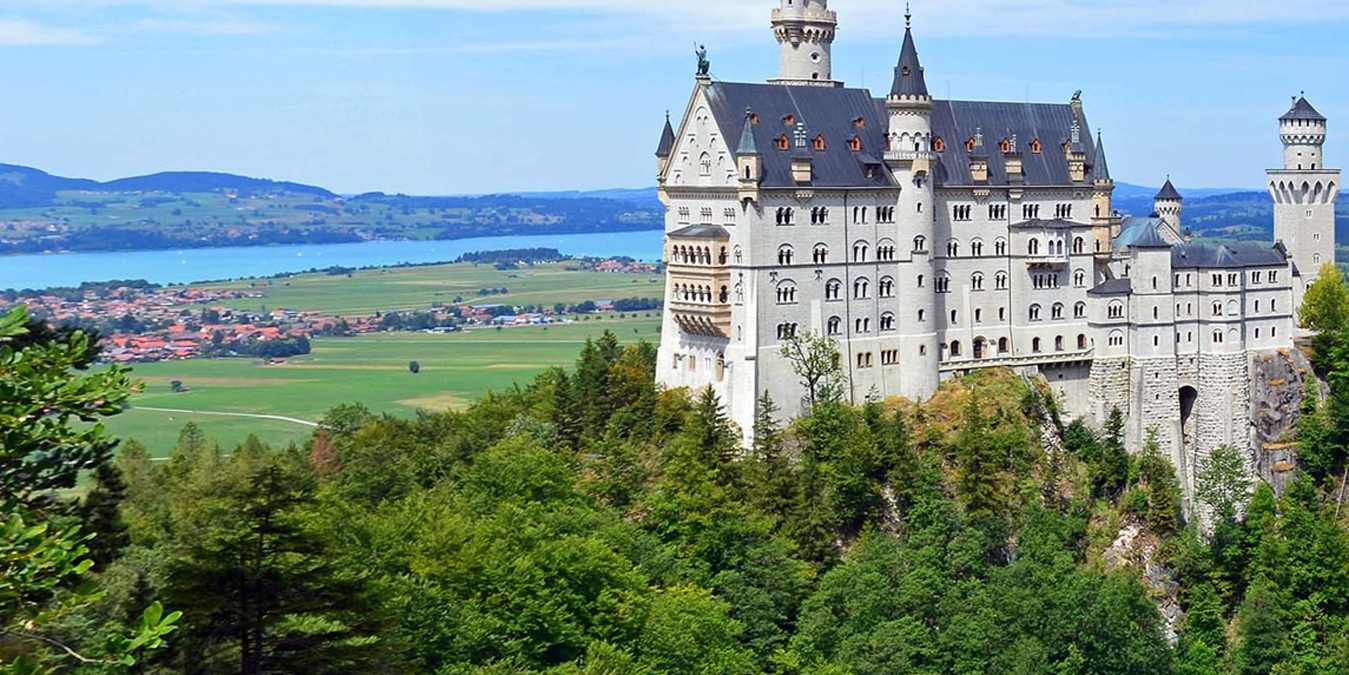
Frankfurt Tour Packages
FrankfurtFrankfurt, a central German city on the river Main, is a major financial hub that's home to the European Central Bank.
-
Overview
-
itinerary
Next Adventure
Related Destinations
-
 DubaiView Details
DubaiView Details -
 Saudi ArabiaView Details
Saudi ArabiaView Details -
 DohaView Details
DohaView Details -
 SrilankaView Details
SrilankaView Details -
 ItalyView Details
ItalyView Details -
 New ZealandView Details
New ZealandView Details -
 ParisView Details
ParisView Details -
 LahoreView Details
LahoreView Details -
 VeniceView Details
VeniceView Details -
 IslamabadView Details
IslamabadView Details -
 Bora Bora IslandView Details
Bora Bora IslandView Details -
 KarachiView Details
KarachiView Details -
 HawaiiView Details
HawaiiView Details -
 San FranciscoView Details
San FranciscoView Details -
 USAView Details
USAView Details -
 Las VegasView Details
Las VegasView Details -
 AustraliaView Details
AustraliaView Details -
 Los AngelesView Details
Los AngelesView Details -
 CanadaView Details
CanadaView Details -
 MauritiusView Details
MauritiusView Details -
 SingaporeView Details
SingaporeView Details -
 SofiaView Details
SofiaView Details -
 MalaysiaView Details
MalaysiaView Details -
 New YorkView Details
New YorkView Details -
 ThailandView Details
ThailandView Details -
 AthensView Details
AthensView Details -
 IrelandView Details
IrelandView Details -
 LondonView Details
LondonView Details -
 AustriaView Details
AustriaView Details -
 PerthView Details
PerthView Details -
 TorontoView Details
TorontoView Details -
 Netherlands And BelgiumView Details
Netherlands And BelgiumView Details -
 DurbanView Details
DurbanView Details -
 BeijingView Details
BeijingView Details -
 GermanyView Details
GermanyView Details -
 ManilaView Details
ManilaView Details -
 Spain And PortugalView Details
Spain And PortugalView Details -
 EthiopiaView Details
EthiopiaView Details -
 Croatia And SolveniaView Details
Croatia And SolveniaView Details -
 LiverpoolView Details
LiverpoolView Details -
 FinlandView Details
FinlandView Details -
 ManchesterView Details
ManchesterView Details -
 RussiaView Details
RussiaView Details -
 DhakaView Details
DhakaView Details -
 GreeceView Details
GreeceView Details -
 ChittagongView Details
ChittagongView Details -
 ShimlaView Details
ShimlaView Details -
 SevilleView Details
SevilleView Details -
 OotyView Details
OotyView Details -
 CairoView Details
CairoView Details -
 MunichView Details
MunichView Details -
 GoaView Details
GoaView Details -
 AmmanView Details
AmmanView Details -
 Jammu And KashmirView Details
Jammu And KashmirView Details -
 TokyoView Details
TokyoView Details -
 DublinView Details
DublinView Details -
 BaliView Details
BaliView Details -
 LimaView Details
LimaView Details -
 HoustonView Details
HoustonView Details -
 SantoriniView Details
SantoriniView Details -
 ChicagoView Details
ChicagoView Details -
 IranView Details
IranView Details -
 PragueView Details
PragueView Details -
 IraqView Details
IraqView Details -
 AmsterdamView Details
AmsterdamView Details -
 IstanbulView Details
IstanbulView Details -
 BarcelonaView Details
BarcelonaView Details -
 BahrainView Details
BahrainView Details -
 NairobiView Details
NairobiView Details -
 MoroccoView Details
MoroccoView Details -
 DallasView Details
DallasView Details -
 YemenView Details
YemenView Details -
 CoorgView Details
CoorgView Details -
 LibyaView Details
LibyaView Details -
 CapetownView Details
CapetownView Details -
 KuwaitView Details
KuwaitView Details -
 HongkongView Details
HongkongView Details -
 EgyptView Details
EgyptView Details -
 FijiView Details
FijiView Details -
 AlgeriaView Details
AlgeriaView Details -
 BrusselsView Details
BrusselsView Details -
 OmanView Details
OmanView Details -
 BarbadosView Details
BarbadosView Details -
 JordanView Details
JordanView Details -
 HelsinkiView Details
HelsinkiView Details -
 ArmeniaView Details
ArmeniaView Details -
 GeorgiaView Details
GeorgiaView Details -
 AzerbaijanView Details
AzerbaijanView Details -
 SwissView Details
SwissView Details -
 TurkeyView Details
TurkeyView Details -
.jpg) MaldivesView Details
MaldivesView Details








